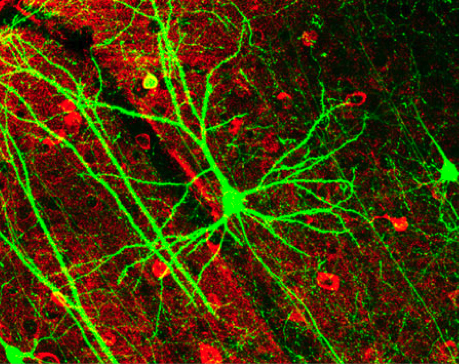Course Description
Our brains are remarkably adaptable throughout our lives. Individual brain cells called neurons form synapses, sites of physical connection and communication between neurons, and then repeatedly rewire those connections in response to new experiences or to neuronal cell death caused by injury, disease, or aging. In …
Our brains are remarkably adaptable throughout our lives. Individual brain cells called neurons form synapses, sites of physical connection and communication between neurons, and then repeatedly rewire those connections in response to new experiences or to neuronal cell death caused by injury, disease, or aging. In this course, we will explore how neurons establish their synapses in the healthy brain during childhood and later in life, and how this process goes awry in disease states. More specifically, we will discuss how the brain forms its synapses early in life, stabilizes a subset of those synapses for long-term maintenance, and continues to add and remove synapses throughout life. We will then explore synapse dysfunction in diseases such as autism and Alzheimer’s disease, which involve abnormal increases or losses of synaptic connections, respectively. We will also consider synapse remodeling, a process of adding and removing synaptic connections to optimize our brain network, in the context of neuroinflammation, recovery from traumatic brain injury, and psychological trauma following prolonged stress.
This course is one of many Advanced Undergraduate Seminars offered by the Biology Department at MIT. These seminars are tailored for students with an interest in using primary research literature to discuss and learn about current biological research in a highly interactive setting. Many instructors of the Advanced Undergraduate Seminars are postdoctoral scientists with a strong interest in teaching.
Course Info
Instructors
Departments
Learning Resource Types











